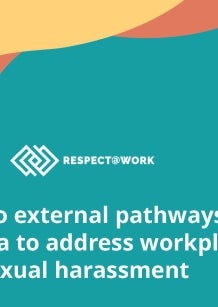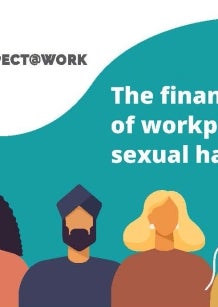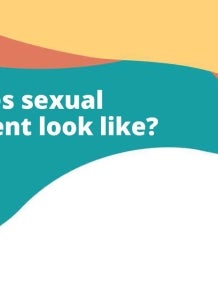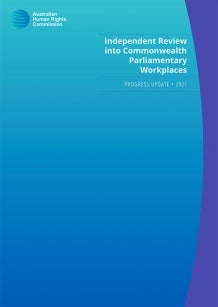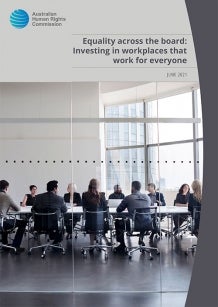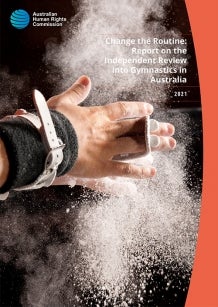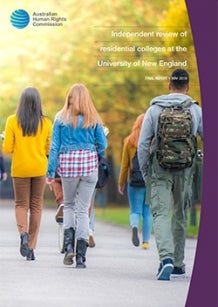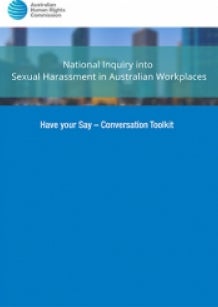
Community Guide to the Sexual Harassment National Inquiry Report 2020
Also available: Full Report A message from the Commissioner Australia was once at the forefront of tackling sexual harassment globally. Women’s organisations in Australia began to press for the legal and social recognition of sex discrimination in the early 1970s. This movement built on Australia’s...



